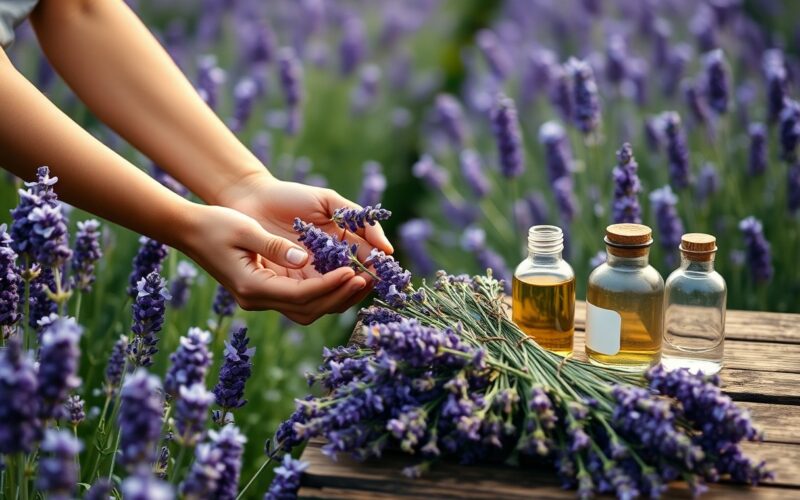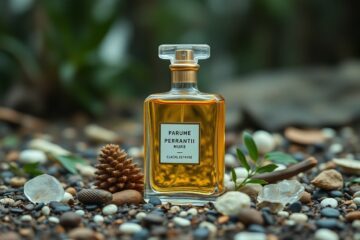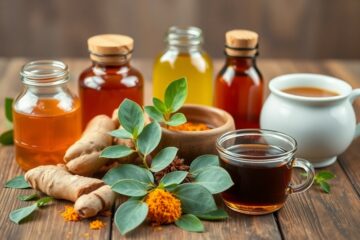Over the years, you may have heard about the incredible benefits of lavender, from its soothing aroma to its versatile uses in cooking and aromatherapy. In this complete guide, you’ll learn the vital steps to successfully grow this beloved plant, harvest it at the right moment, and discover various ways to use it effectively. Prepare to transform your garden and enhance your life with the delightful presence of lavender!
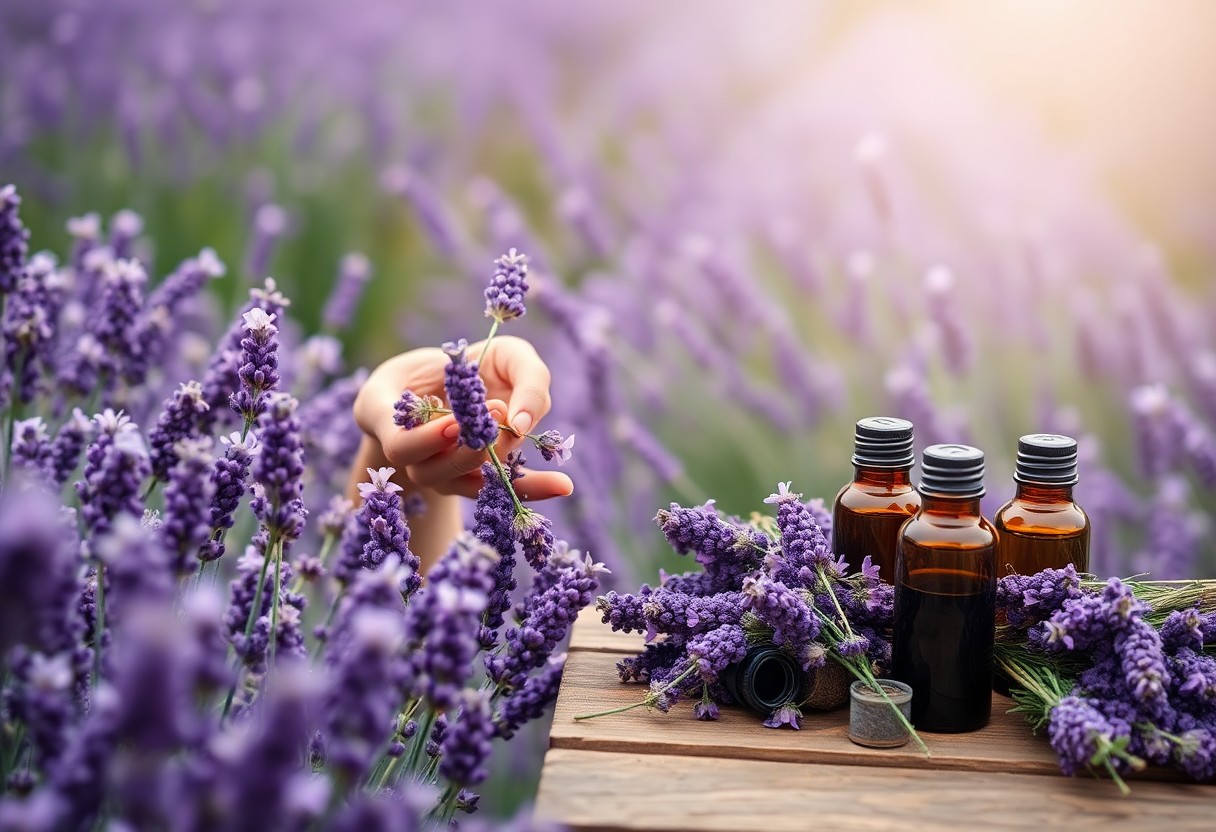
Table of Contents
Key Takeaways:
- Choose the right variety of lavender suited for your climate and garden conditions to ensure successful growth.
- Harvesting lavender should be done when the flowers are fully open but before they start to fade for optimal fragrance and potency.
- Lavender can be used in various ways, including in culinary dishes, for DIY products like sachets and important oils, and for enhancing home decor.
How to Grow Lavender?
For successful lavender cultivation, you need to understand its specific growing requirements. This aromatic herb thrives in full sun and well-drained soil, making it a perfect choice for gardeners seeking a low-maintenance yet rewarding plant. With proper attention to its needs, you can enjoy the beauty and fragrance of lavender in your garden.
Choosing the Right Variety
Now that you’ve decided to grow lavender, it’s important to select the right variety for your climate and gardening goals. There are several types, including English, Spanish, and French lavender, each with unique characteristics and growth habits. Make sure to choose a variety that aligns with your preferences for scent, flower color, and hardiness.
Ideal Growing Conditions
The best growing conditions for lavender include plenty of sunlight, well-draining soil, and a dry environment. This herb prefers full sun for at least 6 to 8 hours a day and thrives in soil with a pH between 6.0 and 8.0. Additionally, avoiding overly moist areas will help prevent root rot and other diseases.
With careful planning, you can create a favorable environment for lavender. Ensure your planting area has excellent drainage, as lavender roots can become susceptible to rot in standing water. If your soil is clay-heavy, consider amending it with sand or gravel. If you live in a cooler region, planting lavender in raised beds can help maintain warmer soil temperatures and promote healthy growth.
Planting Techniques
Assuming you’ve selected a suitable variety and prepared the soil, the next step is to employ effective planting techniques. Lavender is best planted in the spring after the last frost when the soil has warmed up, allowing your plants to establish root systems before the heat of summer arrives.
It is recommended to space the plants about 24 to 36 inches apart to promote air circulation and prevent fungal diseases. When you plant, position the root crown slightly above the soil level to avoid water accumulation around the stem. You should also consider applying a layer of mulch to suppress weeds and help retain moisture, ensuring a healthy start for your lavender plants.
Tips for Maintaining Lavender
You can keep your lavender thriving by following these maintenance tips:
- Ensure adequate drainage to prevent root rot.
- Monitor water levels—watering should be minimal.
- Apply fertilizer sparingly, preferring natural options.
- Use mulch to control weeds and maintain moisture.
The success of your lavender garden depends on consistent care and attention.
Watering and Fertilizing
Now, when it comes to watering lavender, it’s necessary to keep it on the drier side. Water only when the soil is dry to the touch, typically once every two weeks during the growing season. Fertilize only once in early spring with a low-nitrogen organic option to ensure strong growth without overly lush foliage. This method promotes the aromatic flowers you desire.
Pruning and Pest Control
With careful pruning, you can encourage healthy growth and prolong the life of your lavender plants. Aim to trim back your lavender by up to one-third in late summer or early spring, before new growth appears. This practice helps maintain shape and prevents woodiness.
Lavender is generally pest-resilient, but you may encounter aphids or lavender beetles. If you notice these pests, consider introducing beneficial insects like ladybugs or use a mild soap solution for treatment. Additionally, avoid watering the leaves directly to prevent fungal diseases. Regular pruning also enhances air circulation, making it harder for pests to thrive. Healthy lavender should be a beautiful, fragrant addition to your garden.
How to Harvest Lavender
Once again, successful lavender cultivation involves knowing when and how to harvest your plants effectively. For detailed guidance, check out this resource on How to Harvest Lavender for Bouquets, Culinary Uses, and More. Harvesting at the right time optimizes flavor and fragrance, ensuring the best end results.
Timing the Harvest
Harvest when the lavender blooms are just starting to open, typically mid-morning after the dew has dried. This timing ensures the vital oils are at their peak, yielding the most aromatic and flavorful flowers.
Proper Harvesting Techniques
You should use sharp shears or scissors to trim the stems just above the leaves. Aim to gather the flowers in small bundles and avoid damaging the plant to ensure it continues to thrive.
Lavender is delicate, and using the right techniques is vital for preserving the flowers. After cutting, handle the bundles gently to minimize bruising, and avoid pulling or tearing the stems. This will help maintain the integrity of the vital oils, leading to more vibrant and fragrant results in your bouquets or culinary creations.

How to Use Lavender?
Unlike many herbs, lavender offers a wide range of uses. From cooking to aromatherapy, you can integrate this delightful plant into various aspects of your life. For detailed information on how to grow and harvest lavender, check out Your Guide to Growing and Harvesting Lavender.
Culinary Uses
The culinary versatility of lavender is impressive; you can use it in baked goods, teas, and even savory dishes. Just a pinch of dried lavender can enhance flavors, giving your meals a unique twist. Infused in honey or cream, lavender can elevate desserts, making your dining experience truly special.
Aromatherapy and Essential Oils
Clearly, lavender is a staple in aromatherapy, providing calming effects and promoting relaxation. Its important oil can help alleviate stress and anxiety, making it a popular choice in wellness practices.
Understanding how lavender important oil interacts with your body is important for maximizing its benefits. You can diffuse it in your home, add it to bath products, or use it in massage oils. You will find that a few drops can transform your space into a tranquil oasis.
Craft and Home Uses
Craft your own lavender sachets or potpourri to enjoy continual fragrance in your home. It’s a great way to keep clothes fresh or create a calming atmosphere.
Lavender can also be used in DIY projects, such as candles or soaps. By incorporating dried lavender buds, you not only achieve a beautiful aesthetic but also add its soothing aroma. When crafting, keep in mind that lavender’s scent can help reduce anxiety and promote relaxation, making it perfect for products designed to calm the mind and environment.
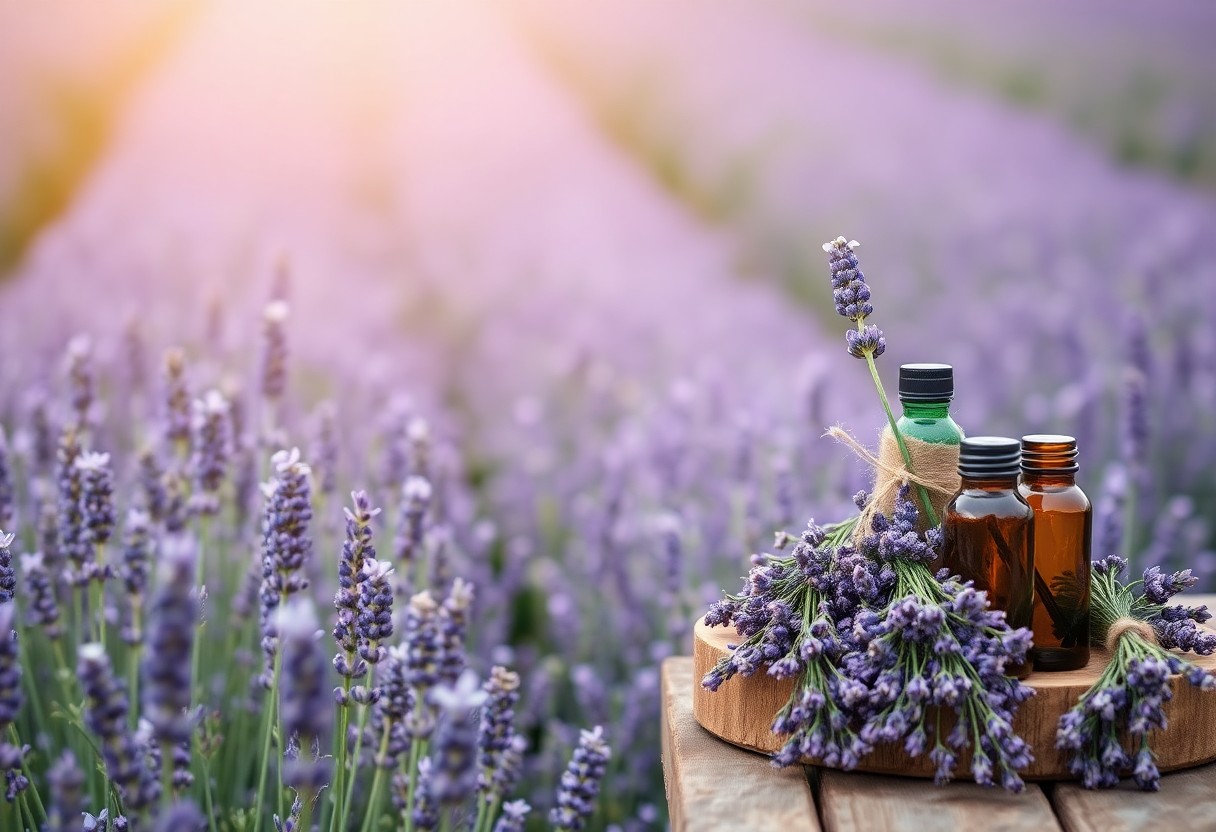
Factors Affecting Lavender Growth
Many elements influence the growth of lavender, and understanding them can help ensure a healthy crop. Key factors include:
- Climate
- Soil type
- Watering practices
- Sun exposure
Perceiving these aspects will greatly enhance your lavender gardening experience. For more insights on cultivation techniques, check out When and How to Harvest Lavender for the Best Fragrance.
Climate and Soil Conditions
One of the most important factors for your lavender’s success is its climate and soil conditions. Lavender thrives in regions with full sun and well-draining, sandy or loamy soil. Aim for a soil pH between 6.5 and 7.5 to optimize growth. Proper drainage prevents root rot, ensuring your plants remain healthy.
Common Challenges and Solutions
Affecting your lavender plants can be various challenges, such as pests, diseases, and improper watering. To keep your plants thriving, you’ll want to monitor watering frequency, avoiding overwatering to prevent root rot and ensure a well-draining soil mix.
Common issues include spider mites, which can be resolved with neem oil or insecticidal soap, and lavender wilt, often due to poor drainage. Regular pruning and choosing disease-resistant varieties can minimize problems. Lightly mulching around the base helps conserve moisture while keeping weeds at bay. Being proactive in these areas keeps your lavender looking and smelling its best.
Summing up
The process of growing, harvesting, and using lavender can be a rewarding experience that enhances your garden and lifestyle. By following the guidelines in this complete guide, you can cultivate healthy plants, expertly harvest the blooms, and creatively incorporate lavender into your daily life. Whether you choose to use it for cooking, relaxation, or home décor, you’re sure to enjoy the many benefits this wonderful herb can offer. Embrace the journey and let your lavender thrive!
FAQ
Q: What is the best time to plant lavender?
A: The ideal time to plant lavender is during the spring or early fall. This allows the plants to establish their roots before winter frost or extreme summer heat. Ensure that the soil is well-draining and that the location receives full sun for at least 6 to 8 hours a day.
Q: How do I care for my lavender plants once they are planted?
A: Caring for lavender involves regular pruning, watering, and taking care of the soil. Water your lavender plants sparingly, as they prefer drier conditions. Ensure the soil is well aerated and add organic mulch to help with moisture retention. Prune your plants annually after flowering to promote healthy growth and shape.
Q: When is the best time to harvest lavender for optimal fragrance?
A: The best time to harvest lavender is when the buds are just starting to bloom, usually in late spring to early summer. At this stage, they are fragrant yet not fully open, which helps to preserve the essence and oils present in the flowers.
Q: What uses do lavender have beyond gardening?
A: Lavender has a wide variety of uses beyond gardening. It is commonly used in aromatherapy to reduce stress and anxiety, in cooking for flavoring dishes, and in DIY beauty products such as lotions and scrubs. Additionally, dried lavender can also be used in sachets or potpourri for a calming scent in homes.
Q: How can I propagate lavender plants?
A: You can propagate lavender through seeds, cuttings, or layering. The easiest method is through cuttings, where you take a stem cutting just below a node and place it in a pot with well-draining soil. Keep it moist and in a warm area until roots develop, which may take a few weeks.
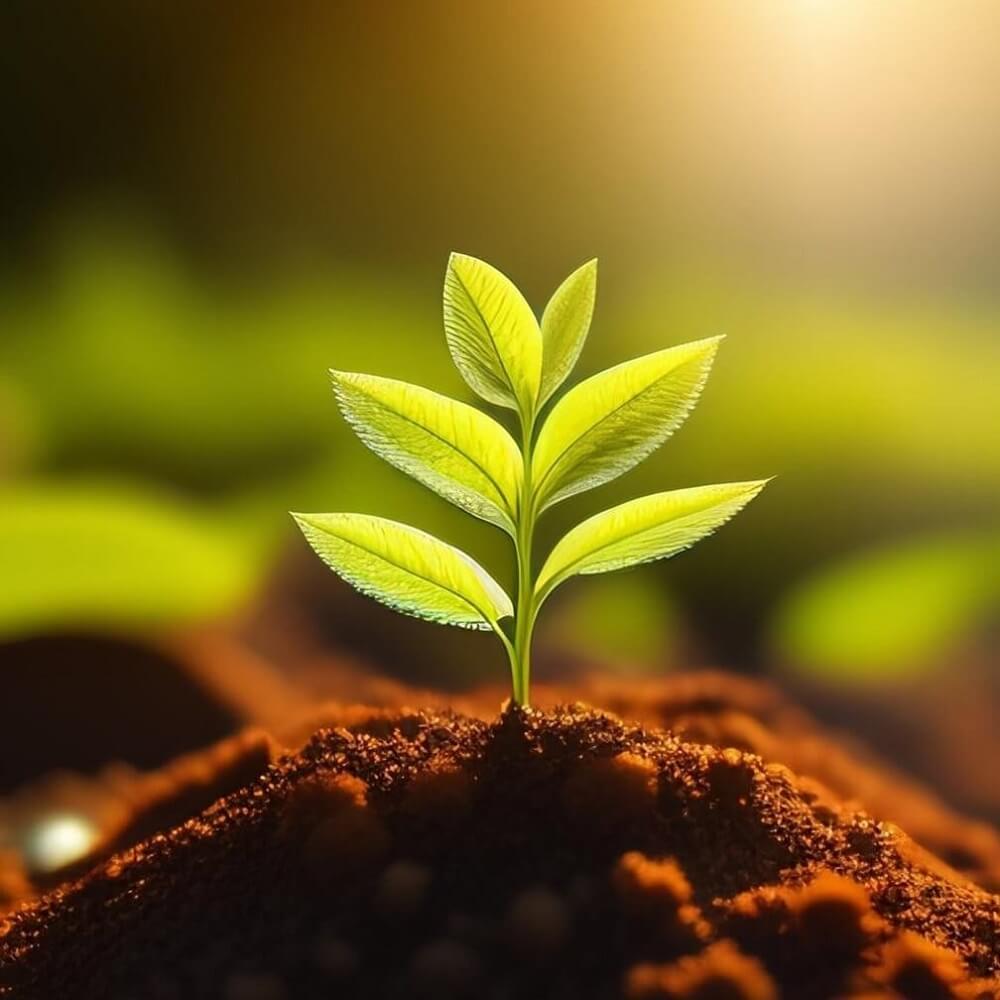
Our contributing author is a passionate advocate for eco-friendly living and sustainability. With a background in eco-life, they are dedicated to inspiring and empowering individuals to adopt environmentally conscious lifestyles. Through insightful articles, they share practical tips, innovative solutions, and thought-provoking perspectives to promote a greener, more sustainable world. Join them on the journey towards eco-smart living and discover how small choices can make a big impact. 🌱

